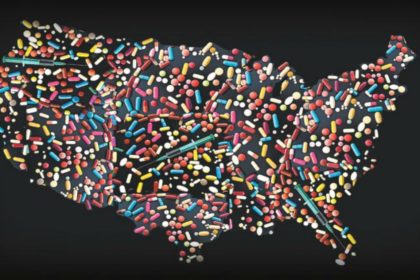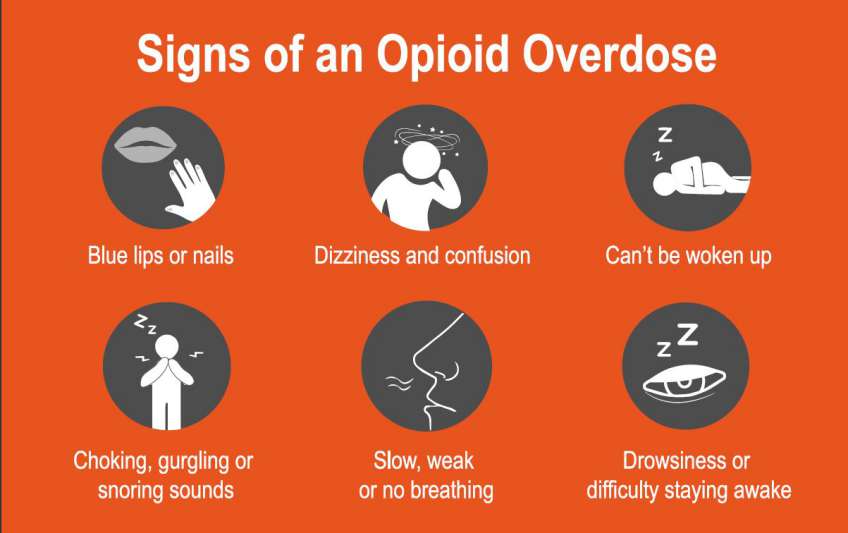
Introduction to the Opioid Overdose Crisis
America is facing a profound opioid crisis, overshadowing other public health issues with devastating consequences.
Scope and Impact of the Crisis
The opioid crisis claims an average of 130 lives daily in the United States, drastically reducing life expectancy.
Causes and Contributors
Explore the factors contributing to opioid addiction, including over-prescription of pain relievers and the rise of synthetic opioids.
Economic and Health Burden
The economic burden of opioid misuse in the US is estimated at $78.5 billion annually, encompassing healthcare costs, lost productivity, and more.
Facts and Statistics
Rise in Prescription Rates
Opioid prescriptions surged from 112 million to 282 million between 1992 and 2012, declining slightly to 236 million by 2017.
Impact on Overdose Deaths
About 68% of the 70,200 drug overdose deaths in 2017 were opioid-related, a stark increase from previous decades.

Misuse and Addiction Rates
Studies show that 21-29% of patients with chronic pain misuse prescription opioids, contributing to addiction rates.
Efforts to Combat the Crisis
Government Initiatives
The US Department of Health and Human Services (HHS) is tackling the crisis through initiatives focusing on overdose-reversing drugs, treatment access, research, public health surveillance, and pain management improvements.
HEAL Initiative
Introduced by the NIH, the HEAL (Helping to End Addiction Long-term) Initiative aims to accelerate scientific solutions to the opioid crisis.
Conclusion: Moving Forward
Despite media attention deficits, the opioid crisis demands urgent attention and coordinated efforts to mitigate its devastating impact on American communities.
Share Your Insights
What are your thoughts on the opioid crisis and its management strategies? Share your perspectives and experiences.
Final Thoughts
Addressing the opioid overdose crisis requires continued collaboration and innovation across healthcare, research, and public policy domains.
These headings structure the content for better SEO and readability, focusing on key aspects of the opioid overdose crisis and efforts to address it in the United States.




